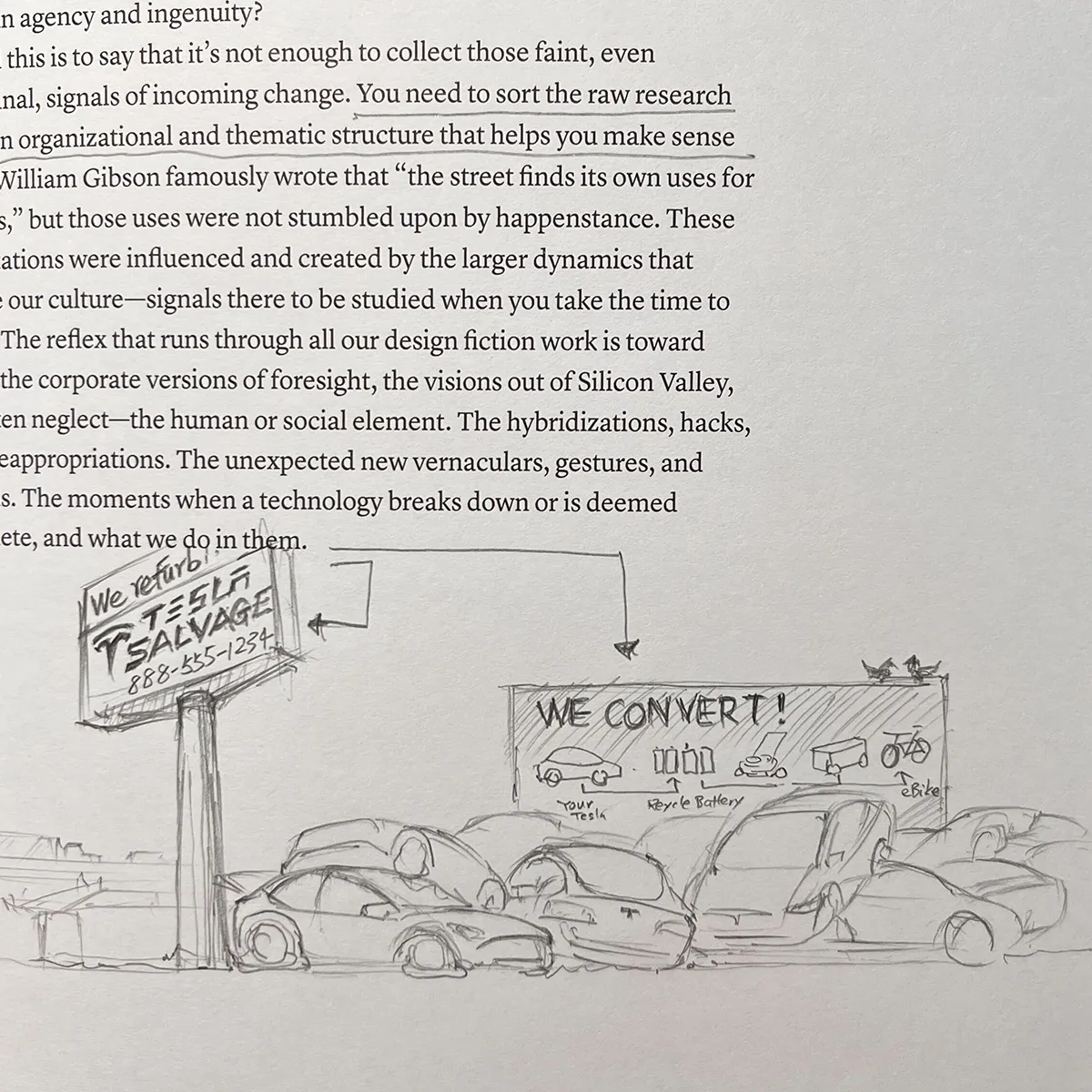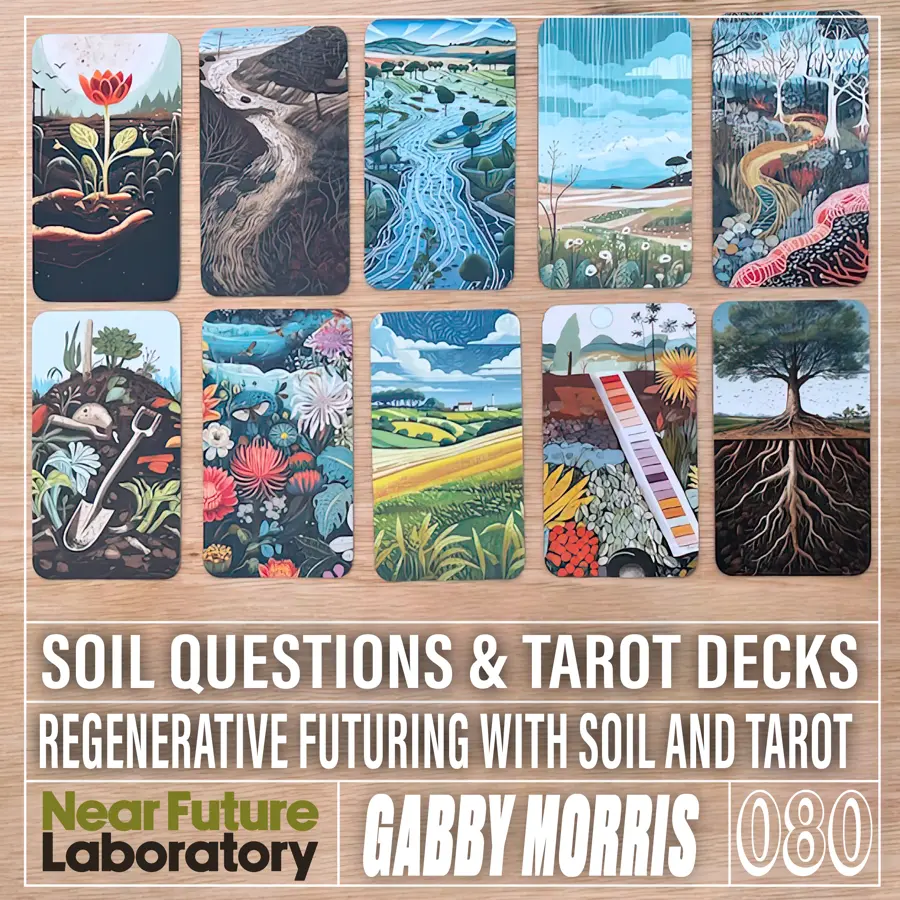Near Future Laboratory Blog
Thoughts, Reflections, Updates & Week Notes
Jun 25, 2024 – Jul 26, 2024
w26/w27/w29/w30/ 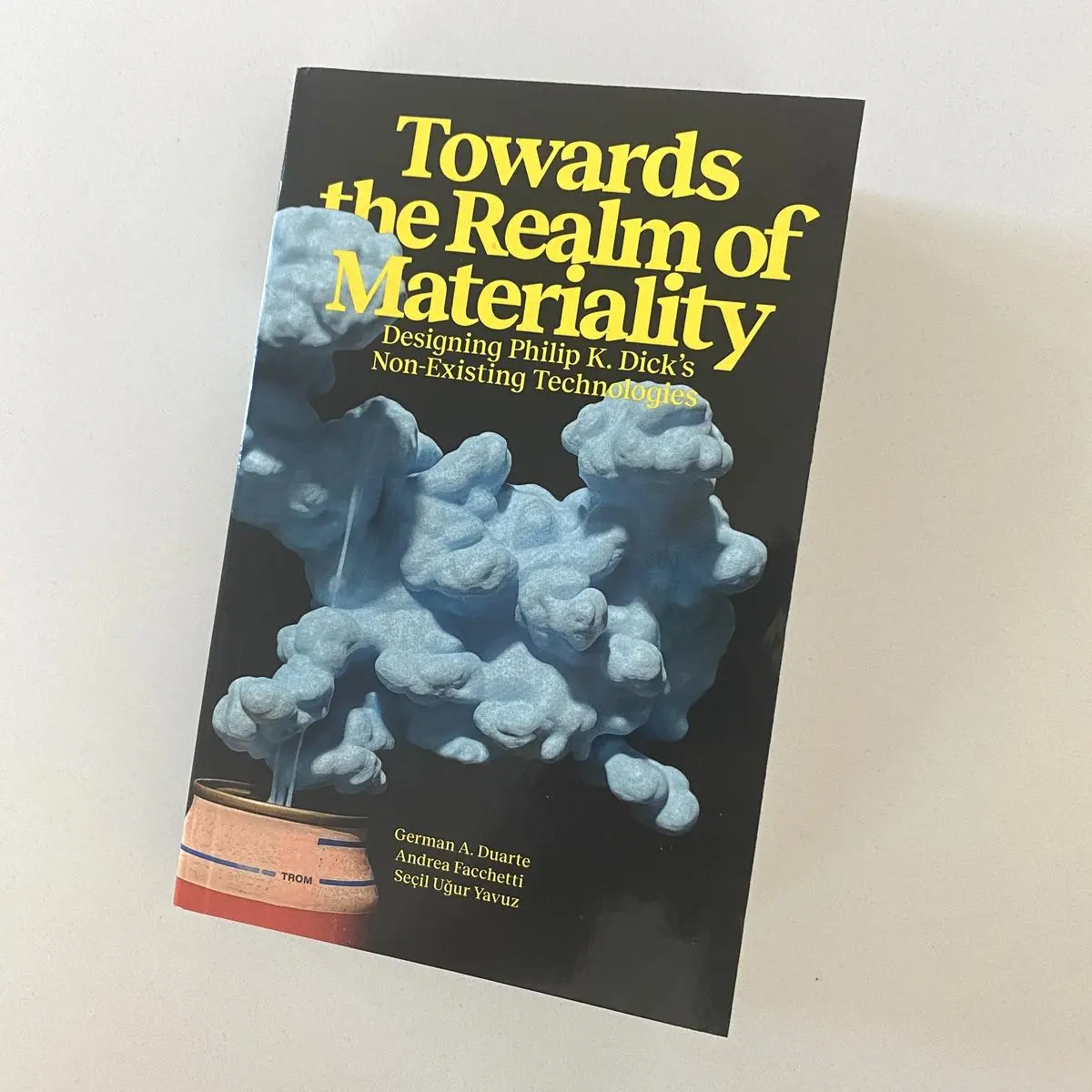
Jul 26, 2024
Imagine giving a consumer electronics company executive a copy of VALIS or Ubik and saying, “Your design brief is between pages 16-48, but I recommend reading this cover to cover..I’d like to manufacture the artifact on page 24, eventually at scale..I’ll need 1,000 units in 9 months to do some test marketing and consumer studies..how much?” Man, I’d love to live in that world where you could write a story as a design brief.
imagine harderscience-fictionspeculative fictiondesign fictionp.k. dick
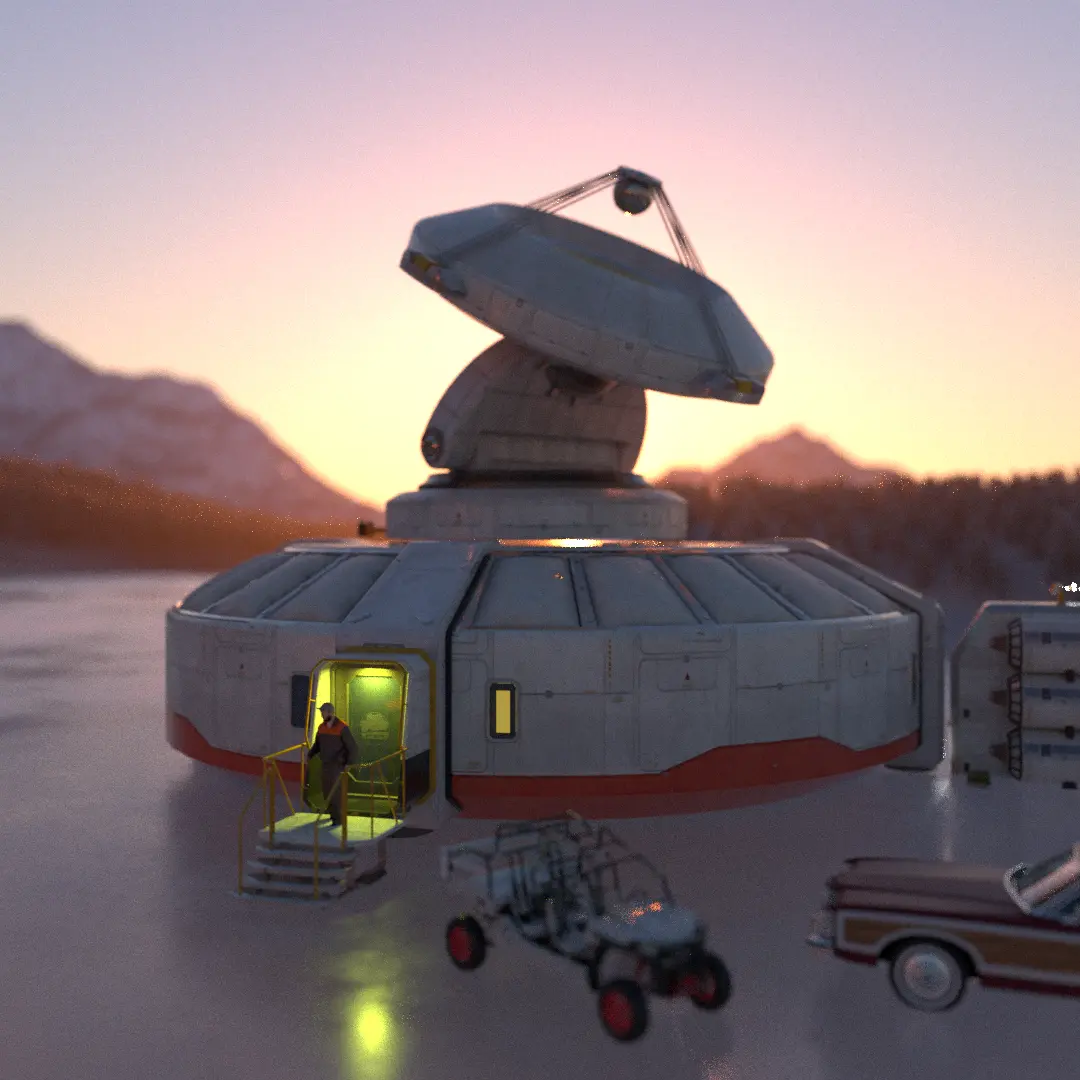
Jul 23, 2024
In October of 2012, a multidisciplinary group of artists, engineers, designers, and speculators spent three days in Detroit to “do” science fiction: tangle up in fact and fiction and engage in curious crosstalk about the things that could be. The goal, then, was to Design Fiction and turn talk into deliberate actions and artifacts; to swerve the present by telling the story of a near future we imagine can be possible.
design fictionmethodmethodologyvideo
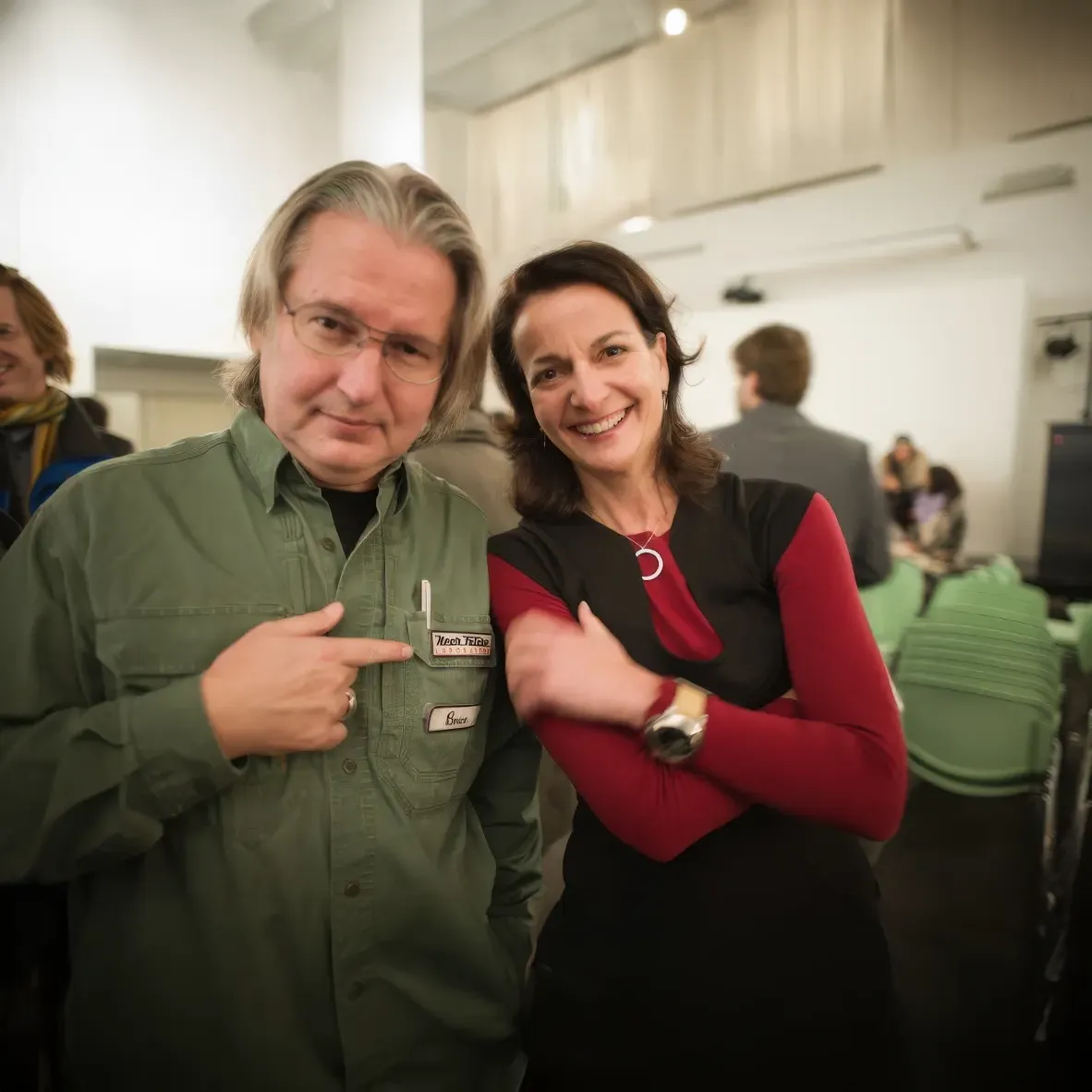
Jul 21, 2024
Design Fiction mingles amongst science fiction, imagination, real-world technology, cultural practices, and audaciously influences popular culture and future technologies. This essay by Emmet Byrne and Susannah Schouweiler highlights the symbiotic relationship between design, science fiction, and the creative process, making the future more tangible and shaping it through rigorous design practices.
design fictionessay

Jul 14, 2024
Communicating future scenarios is often very difficult, but Design Fiction offers an effective tool for meeting that challenge. In this episode of Gartner Futures Lab, we discuss how IT leaders should use design to create tangible and evocative prototypes that inspire conversations about plausible futures.
podcastdesign fiction
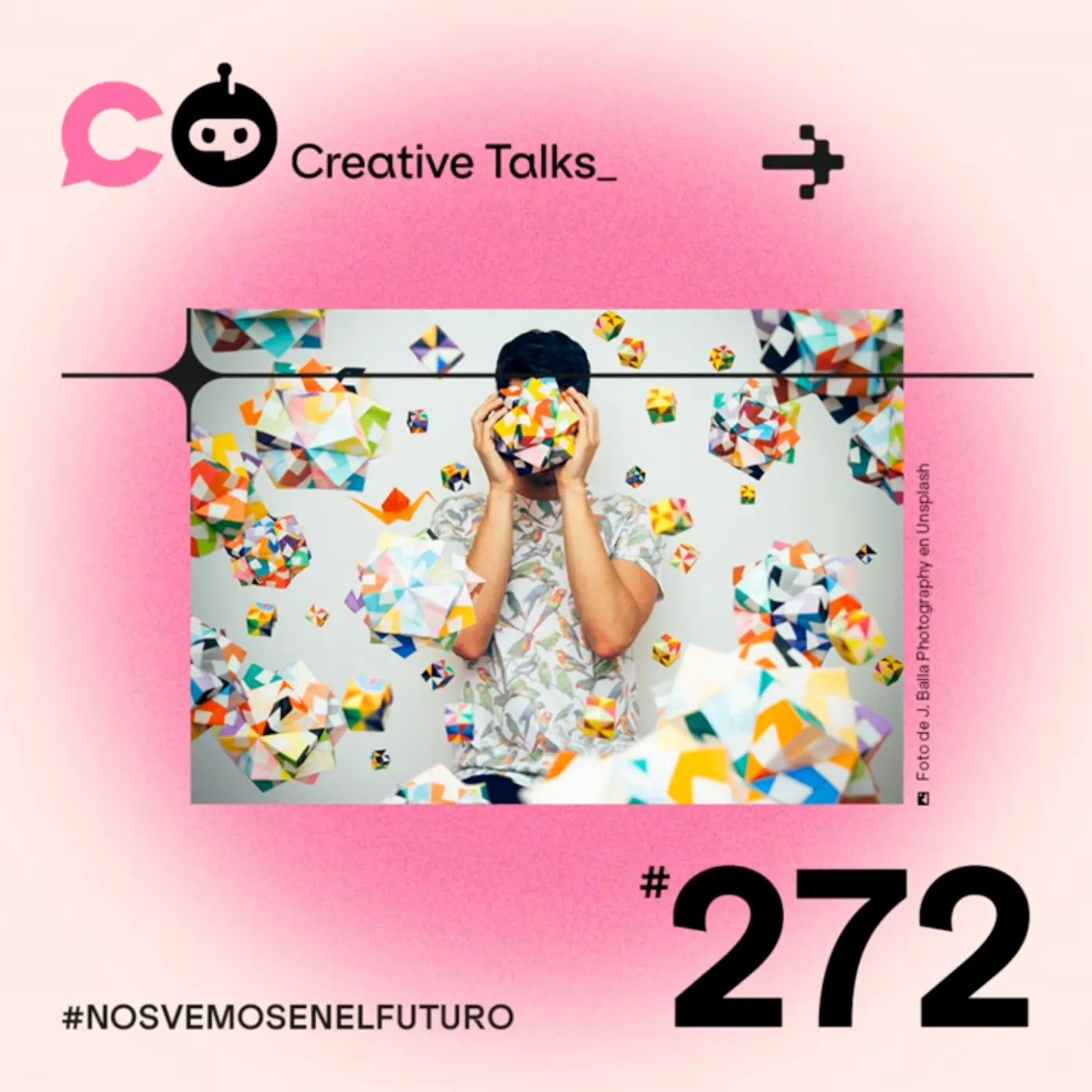
Jun 28, 2024
This conversation goes into the evolving nature of work with the rise of artificial intelligence, exploring predictions of job obsolescence and the need for systemic analysis beyond technological advancements. It features insights from Julian Bleecker of Near Future Laboratory, the discussion highlights the role of 'design fiction' in driving true innovation through human creativity.
podcastcreativityimagination
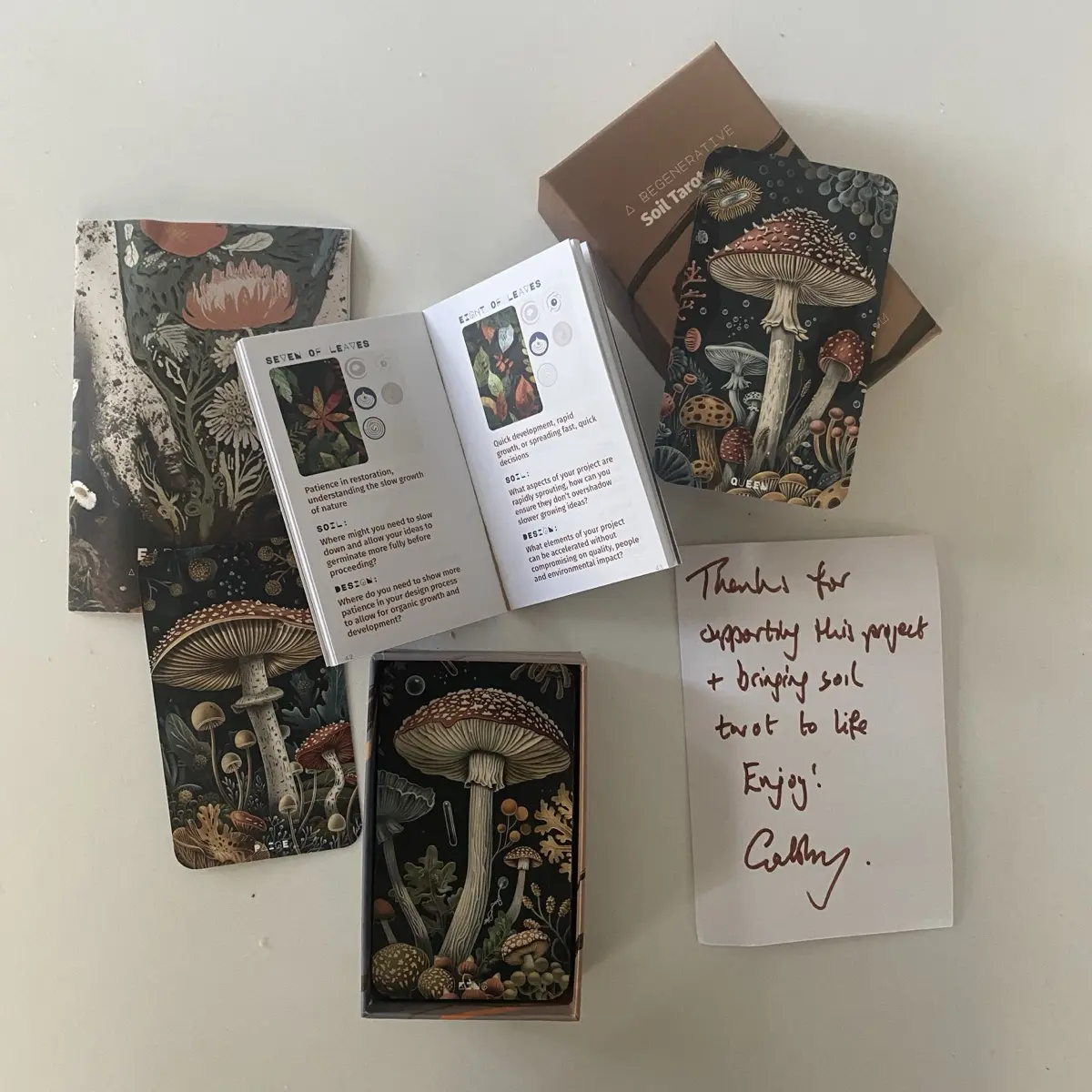
Jun 25, 2024
Grounded Wisdom is a unique tarot card deck that bridges design, ecology, and mysticism. Inspired by 20th-century modernist farming posters, these cards serve as a creative toolkit for designers and eco-conscious individuals, exploring the symbiotic relationship between soil and life. Each card offers questions that spark holistic, regenerative design thinking and offers us a way to consider how ourselves and our designs connect back to the earth.
ideation cards

